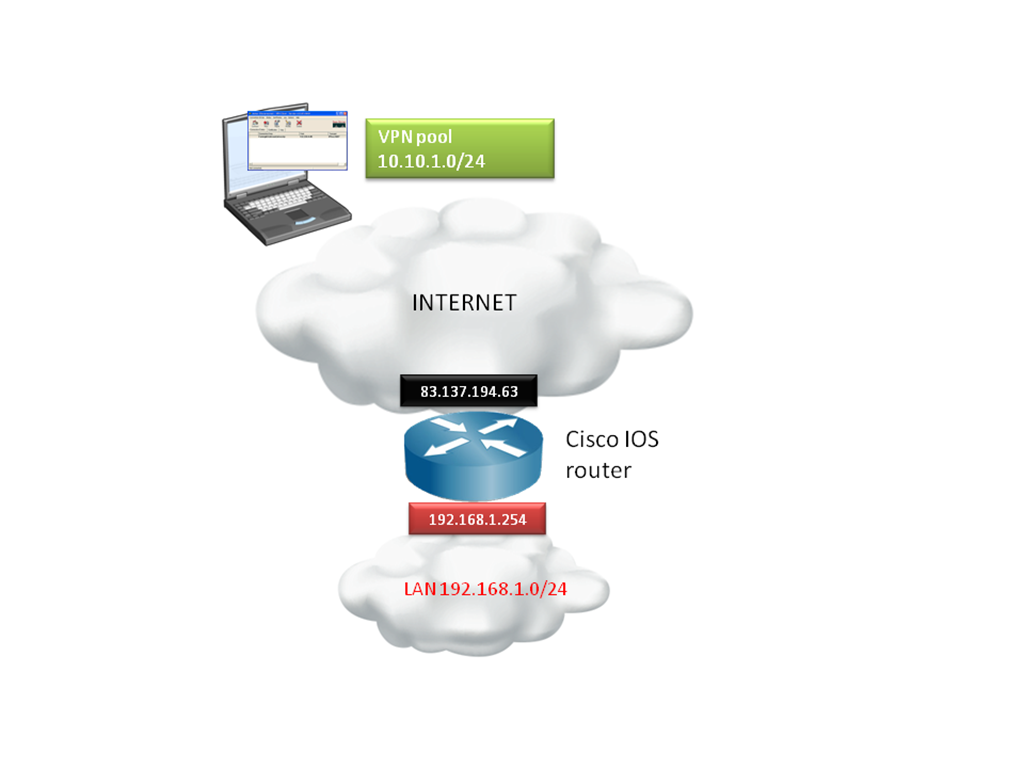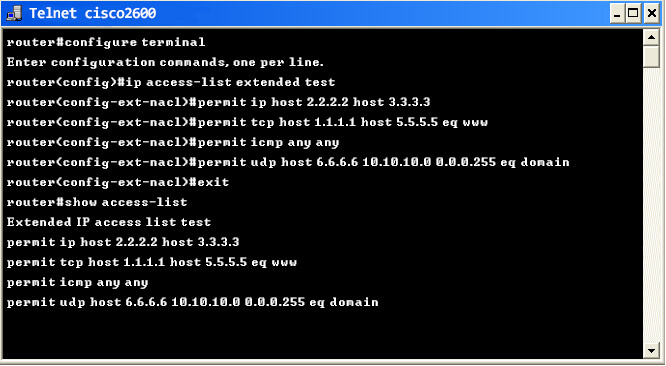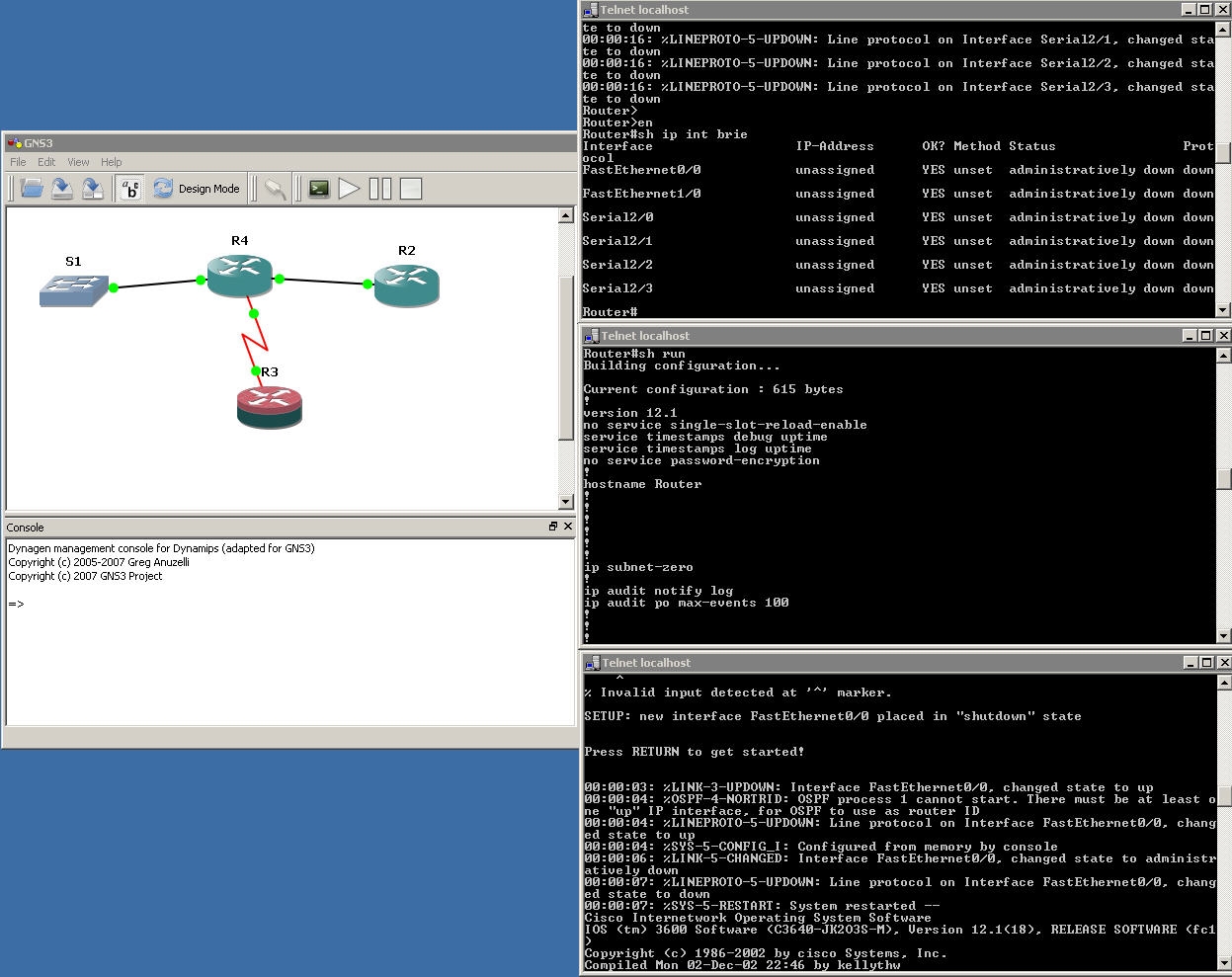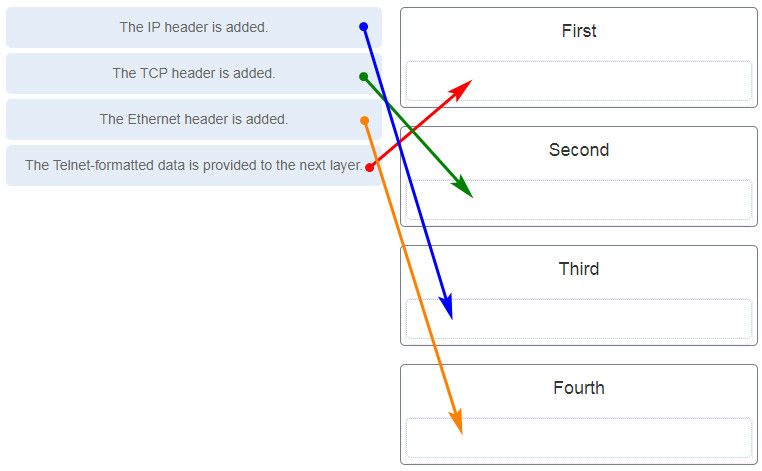
- #AFTER MAKING CONFIGURATION CHANGES ON A CISCO SWITCH HOW TO#
- #AFTER MAKING CONFIGURATION CHANGES ON A CISCO SWITCH UPDATE#
- #AFTER MAKING CONFIGURATION CHANGES ON A CISCO SWITCH SOFTWARE#
- #AFTER MAKING CONFIGURATION CHANGES ON A CISCO SWITCH PASSWORD#
- #AFTER MAKING CONFIGURATION CHANGES ON A CISCO SWITCH DOWNLOAD#
This protocol consists of two components: one for delivering configuration parameters from a DHCP server to a device and a mechanism for allocating network addresses to devices. Otherwise, use the setup program described previously.ĭHCP provides configuration information to Internet hosts and internetworking devices. If you are an experienced user familiar with the switch configuration steps, manually configure the switch. If you are using DHCP, do not respond to any of the questions in the setup program until the switch receives the dynamically assigned IP address and reads the configuration file. Use a DHCP server for centralized control and automatic assignment of IP information after the server is configured. To avoid a conflict by having two devices with the same IP address in your network, change the IP address of the switch that you removed from the switch stack.

Stack members retain their IP address when you remove them from a switch stack. You can still manage the stack through the same IP address even if you remove the stack master or any other stack member from the stack, provided there is IP connectivity. The IP address is a system-level setting and is not specific to the stack master or to any other stack member. The switch stack is managed through a single IP address.
#AFTER MAKING CONFIGURATION CHANGES ON A CISCO SWITCH PASSWORD#
It gives you the option of assigning a Telnet password (to provide security during remote management) and configuring your switch as a command or member switch of a cluster or as a standalone switch. With this program, you can also configure a hostname and an enable secret password. Use the switch setup program if you want to be prompted for specific IP information. You can assign IP information through the switch setup program, through a DHCP server, or manually. If the data bits option is set to 8, set the parity option to none.
#AFTER MAKING CONFIGURATION CHANGES ON A CISCO SWITCH SOFTWARE#
The trap-door mechanism provides enough access to the system so that if it is necessary, you can reinstall the operating system software image by using the emergency-install command and restart the operating system.īefore you can assign switch information, make sure you have connected a PC or terminal to the console port or a PC to the Ethernet management port, and make sure you have configured the PC or terminal-emulation software baud rate and character format to match these of the switch console port: The boot loader also provides trap-door access into the system if the operating system has problems serious enough that it cannot be used. After the boot loader gives the operating system control of the CPU, the boot loader is not active until the next system reset or power-on. Normally, the boot loader is used only to load, decompress, and start the operating system. The boot loader provides access to the file systems before the operating system is loaded. Loads a default operating system software image into memory and boots up the switch.Initializes the file systems on the system board.

#AFTER MAKING CONFIGURATION CHANGES ON A CISCO SWITCH DOWNLOAD#


#AFTER MAKING CONFIGURATION CHANGES ON A CISCO SWITCH UPDATE#
#AFTER MAKING CONFIGURATION CHANGES ON A CISCO SWITCH HOW TO#


 0 kommentar(er)
0 kommentar(er)
